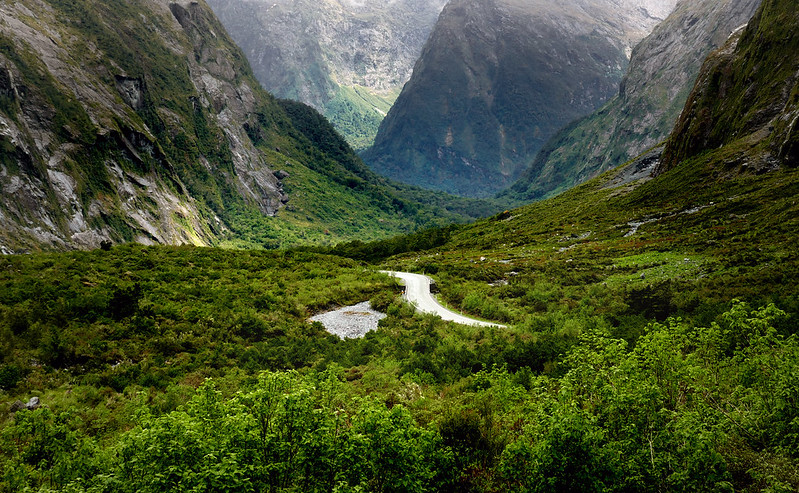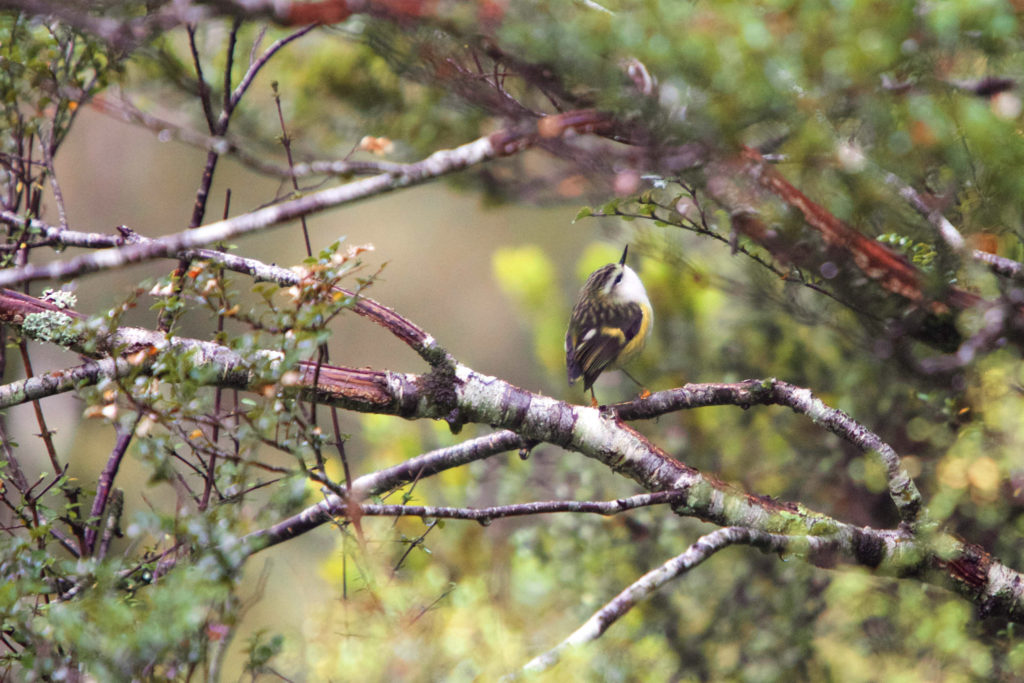ON THIS PAGE
Overview
New Zealand has the highest proportion of threatened native species in the world. Our birds, bats, lizards and insects are all at serious risk from introduced predators such as stoats, rats, possums and feral cats.
Without intervention, the situation is bleak. At least 80% of our bird species are facing extinction, along with 88% of our lizards and 100% of our frogs. For many taonga species, such as the laughing owl and South Island snipe, it’s already too late.
Introduced predators are widespread across New Zealand, from sea level to alpine zones. To enable our remaining native species to survive, it’s essential to control predator numbers.
1080 is one of the tools we have available to control introduced predators. It is highly toxic to mammals, which makes it very effective in controlling rats, mice, possums, stoats and feral cats. It can be applied aerially or by hand and is often used to control predators over large or hard to reach areas, where ground-based control methods such as trapping are not feasible.

What is 1080?
1080 is sodium fluoroacetate. Fluoroacetate is a pesticide that occurs naturally in several plants found in parts of Australia, Brazil and South Africa. Commercially manufactured 1080 is usually contained in pellet-shaped, cereal bait form. The pellets are often dyed green to discourage birds from eating it. The amount of 1080 bait in each pellet is about 0.15% – the rest is sugar, water, flavour and dye. Cinnamon is often used in the baits as a lure to attract rats and possums. Sometimes repellents are added to deter certain species from eating the baits.
Why use 1080?
1080 is a highly effective tool for controlling predators: one aerial drop can eliminate up to 95% of possums and up to 100% of rats in the targeted area.

The decision to use 1080 instead of (or as well as) other tools depends on several factors including the size of the area, accessibility and cost. New Zealand’s conservation areas are vast and they provide great habitats for our native species, but it’s very difficult to carry out effective ground-based predator control such as hunting, trapping or bait stations.
Much of our whenua is remote and mountainous with deep valleys, steep cliffs and large areas of dense vegetation, which makes land-based control methods almost impossible in some areas. Aerially applied 1080 allows us to cover large or difficult-to-reach areas in a short amount of time.
Is 1080 used in other countries?
Yes. Other countries that use it include Australia, Mexico, Korea, Japan, and the USA. It has also been used on the Galápagos Islands (Ecuador).
It is used on a smaller scale in those countries because they need to protect their land mammals. However, New Zealand has no native land mammals (apart from bats), so we are in a unique position where we are able to use 1080 over large areas.
How is it applied and who is involved?
1080 can be sown by hand or applied aerially from helicopters flying over selected native bush. Aerial drops are highly strategic and based on a number of factors, including mast years (abundant seeding periods), predator numbers, and native species populations in the surrounding area.
There are very strict regulations around the use of 1080 and many government departments and agencies are involved, including the Ministry for the Environment, the Environmental Protection Authority (EPA), DOC and regional councils (for more, see DOC’s page on how 1080 is regulated). Anyone handling 1080 must have (or be supervised by someone who has) a Controlled Substance Licence (CSL).

What are some examples of areas where 1080 has been effective?
In areas where 1080 has been used, the nesting success of a variety of birds is significantly better than in years without 1080 control.

- Department of Conservation research revealed that bird song has doubled over the past 20 years in a remote valley on the South Island’s West Coast. Most species increased year on year and overall native bird numbers doubled, mainly due to two decades of aerial 1080 drops. For more details, watch this video from DOC.
- In 2019, three times more rifleman/tītipounamu chicks were raised at Mount Stanley in the Marlborough Sounds after 1080 was used, compared with a nearby area where there were no applications. Find out more.
- The whio duckling survival rate at the Tongariro Forest Security Site tripled after aerial 1080 applications. Find out more.
To read more examples, see DOC’s website.
What are the risks of 1080 for native species and other non-target species?
1080 drops are not 100% risk-free. During an operation, a small number of native birds such as kea and weka may eat the bait and die. But despite this risk, bird populations fare much better overall than they would without a bait drop. There is also ongoing work to further improve the accuracy of bait drops, such as protecting kea by not dropping bait above the tree line on mountains.
Dogs can be affected by ingesting 1080, usually by eating the carcasses of dead animals. To minimise risk, a lot of information is provided on the locations of bait drops so owners can manage their dogs or avoid the area. Local vets are also kept informed in case treatment is required.
1080 dilutes quickly in water and several studies in New Zealand (including by Landcare Research) showed no detectable effect on aquatic life in streams. Studies conducted in the US and NZ showed that 100% of fish that were fed 1080 baits survived and showed no ill effects.
Studies of invertebrates have shown mixed results. Some field trials have shown insect populations can be temporarily reduced within 20cm of 1080, but they recover within six days of the bait being removed. Other studies have shown no adverse effects on insect populations – and they can benefit from the use of 1080 to control possums and rats.
What impact does 1080 have on the environment?
1080 is biodegradable, which means it breaks down naturally in the soil and in water. It does not contaminate public water supplies or accumulate in the food chain, which means there is no risk of it building up in our bodies.
Over almost 30 years (between 1990 and 2018), Landcare Research tested 3,700 water samples and found that only five had detectable traces of 1080.
What about drinking water?
The Ministry of Health has strict rules around the maximum amount of 1080 residue allowed in drinking water (2 ppb – parts per billion). This amount is regularly monitored and has never been breached. With current regulations, a person weighing 70kg would have to drink 70,000 litres of water in one sitting to receive a lethal dose of 1080.

How accurate are the bait drops?
Thanks to improved GPS technology, aerial drops are now incredibly accurate. The area is loaded into the pilot’s GPS and areas can be excluded or included as required.
1080 techniques are also being continually improved – for example, in the 1970s about 30kg of bait per hectare was dropped and now the amount is closer to 2kg. That equates to about 3-6 baits in an area the size of a tennis court.
While alternative methods may become available in the future, for now 1080 remains our most practical and effective tool for controlling predators – and therefore protecting native species – over large, remote and rugged areas.

